Motorized skateboard and hoverboards have become popular choices for transportation and fun. People of all ages enjoy these modern devices because they offer convenience and excitement.
There are more of them on the streets and in parks, so which is safer? This comparison is important for anyone looking to choose between the two. Here, we'll compare the features, risks, and safety issues of hoverboards and motorized skateboards.
Understanding Motorized Skateboards
Motorized skateboards combine traditional skateboarding with electric motors. They are also known as electric skateboard. Riders are able to accelerate and brake using remote controls or their weight shifts. New technologies make skateboarding faster and more convenient than ever before.
Speed and Control
Motorized skateboards has the ability to reach higher speeds compared to traditional skateboards. A rider is required to possess good maneuvering skills while using this speed. The faster you go, the harder it can be to stop or avoid obstacles. This increasing the risk of accidents. A key factor in safe riding is mastering control of electric features.
Terrain Adaptability
Motorized skateboards are designed to handle a variety of terrains. They can tackle smooth pavement to rough uneven surfaces. This adaptability can reduce the likelihood of accidents caused by terrain-related issues. Boards equipped with larger wheels and more powerful motors can even tackle hills and off-road conditions. Motorized skateboards allow riders to go to more places safely.
Safety Gear Importance
Wearing appropriate safety gear is important due to the higher speeds and diverse terrain motorized skateboards can navigate. A helmet is essential for preventing head injuries caused by falls. Knee pads, elbow pads, and wrist guards also provide essential protection against cuts, bruises, and fractures. The right gear can be the difference between a minor fall and a serious injury.
Exploring Hoverboards
Hoverboards, or self-balancing scooters, are two-wheeled and battery-powered boards. They use sensors and gyroscopes to stay upright. Riders control the speed and direction by leaning forward or backward and shifting their weight. These devices have become popular for their futuristic design and ease of use. Hoverboards can be appealing to both kids and adults.
Balance and Stability
The key to mastering a hoverboard is balance. For beginners, finding stability can be challenging. Falls are common during the learning phase. However, once the rider becomes accustomed to the board's mechanics, hoverboards can offer a relatively safe experience. The design encourages a natural stance that helps maintain balance. It's crucial for new ridersto take it slow and possibly use support until they feel confident.

Speed Limitations
Hoverboards generally have lower maximum speeds compared to motorized skateboards. It can be a safety advantage. The slower speeds mean that when falls or collisions do happen, they're less likely to result in severe injuries. This limitation can make hoverboards a safer option for younger users or those new to electric rideables.
Battery Safety
Early models of hoverboards faced significant scrutiny over battery safety. There were reports of malfunctions leading to fires. The industry has taken steps to address these concerns. It's vital for buyers to choose hoverboards that are certified for safety standards. A battery and charger integrity test should have been passed. Always use the charger that comes with the device. Follow the manufacturer's instructions for charging and storage to minimize risks.
General Safety Tips for Both Devices
Whether you're gliding on a motorized skateboard or balancing on a hoverboard, safety should always come first. Here are some essential tips that apply to both devices:
Universal Need for Safety Gear
Wearing safety equipment is essential no matter which ride you choose. Always wear a helmet to protect your head during falls. Wrist guards, knee pads, and elbow pads can prevent scrapes and more serious injuries. Don't overlook the importance of this gear. It's your first line of defense against potential harm.
Practice in Controlled Environments
Before you hit the streets, spend time getting comfortable with your device in a safe area. Look for flat open spaces with minimal traffic and obstacles. This gives you the freedom to practice starts, stops, and turns without the pressure of navigating around people or cars. Mastering control in a controlled environment builds confidence and skills. You feel safe when you venture out.
Adhere to Local Regulations
Being aware of and following local laws is essential for safe and responsible riding. Some areas have specific rules about where electric skateboards and hoverboards can be used. These rules also specify speed limits and age restrictions. Respecting these regulations keeps everyone safe. It's also a good practice to be considerate of pedestrians and other riders sharing public spaces respectfully.
Comparative Safety Analysis
It is important to consider a variety of factors when comparing motorized skateboards with hoverboards, including user experience, riding environment, and device maintenance. Each device has its own set of challenges which can have an impact on their safety.
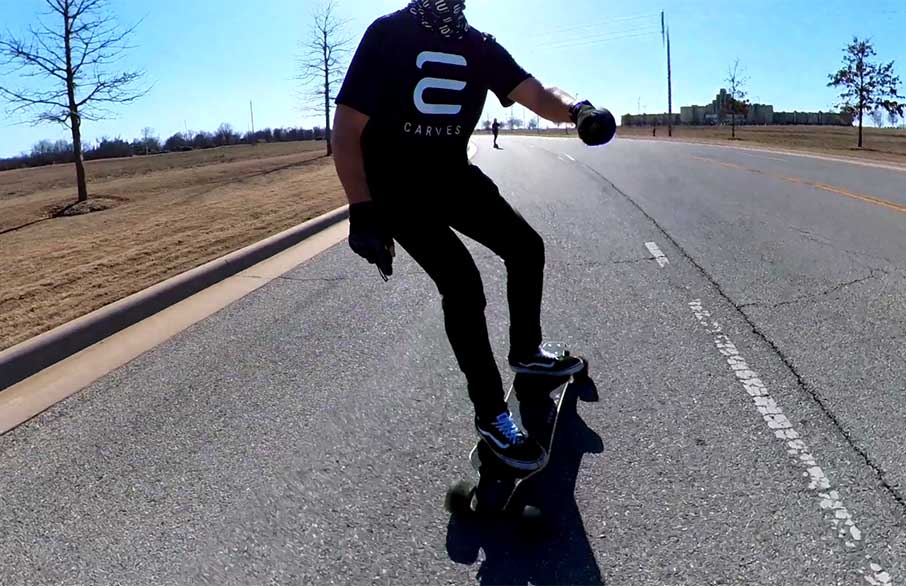
User Experience
Motorized skateboards require a certain level of skill. The ability to maneuver and balance at higher speeds is particularly important. Riders need to be adept at controlling the board and making quick decisions to navigate obstacles.
In contrast, hoverboards focus more on balance and less on speed. This makes them initially challenging for beginners but potentially safer once mastered due to their lower speeds.
Environment
The adaptability of motorized skateboards to various terrains, including rough surfaces and inclines, can be a safety advantage in diverse environments. This adaptability allows riders to maintain control in conditions that might be challenging for hoverboards. Hoverboards perform best on flat and smooth surfaces. However, the higher speeds of electric skateboards can increase the risk of injury in crowded or unpredictable environments.
Device Maintenance
Both devices require regular maintenance to ensure safety. The complexity of motorized skateboards might demand more technical knowledge from the user. Proper battery care is crucial for both. Hoverboards have a history of battery-related safety concerns. Choosing certified and tested products is essential for minimizing these risks.
Safety Gear and Practices
The necessity for safety gear is universal across both devices. Helmets, wrist guards, knee pads, and elbow pads are essential for preventing injuries. The practice environment also plays a critical role. Beginners should start in safe and controlled areas for both types of rideables. Whether you are using a hoverboard or a motorized skateboard, adhering to local regulations and being mindful of pedestrians and other vehicles are crucial safety practices.
Conclusion
The safety of motorized skateboards and hoverboards largely depends on how they are used, where they are ridden, and how well they are maintained. Motorized skateboards offer more speed and versatility but require higher skill levels and more maintenance. They present a different set of safety considerations compared to hoverboards.
Hoverboards might be seen as safer due to their lower speeds and simpler operation. They also demand caution regarding balance and battery safety. Ultimately, the safety of either device is significantly enhanced by responsible riding practices, proper use of safety gear, and adherence to local laws.
Recommendations
For first-time users trying to decide between a motorized skateboard and a hoverboard, consider the following tips:
- Assess Your Skill Level:Beginners might find hoverboards easier to start with. Those with skateboarding experience may prefer the challenge and speed of motorized skateboards.
- Consider Your Environment:Think about where you'll be riding. Smooth and flat areas are ideal for hoverboards. Varied terrains might necessitate a motorized skateboard.
- Safety First:Make sure you invest in high-quality safety gear regardless of your choice. This includes a helmet, wrist guards, knee pads, and elbow pads.
Resources such as these can help you learn safe riding practices:
- Online Tutorials:Websites like Veymax and YouTube channels offer beginner guides and safety tips for both hoverboards and motorized skateboards.
- Community Groups:Joining a local riding group can provide hands-on advice. You can get support from more experienced riders.
- Manufacturer Guidelines:Always review the safety and operation manuals provided by the manufacturer. These will include device-specific recommendations and warnings.
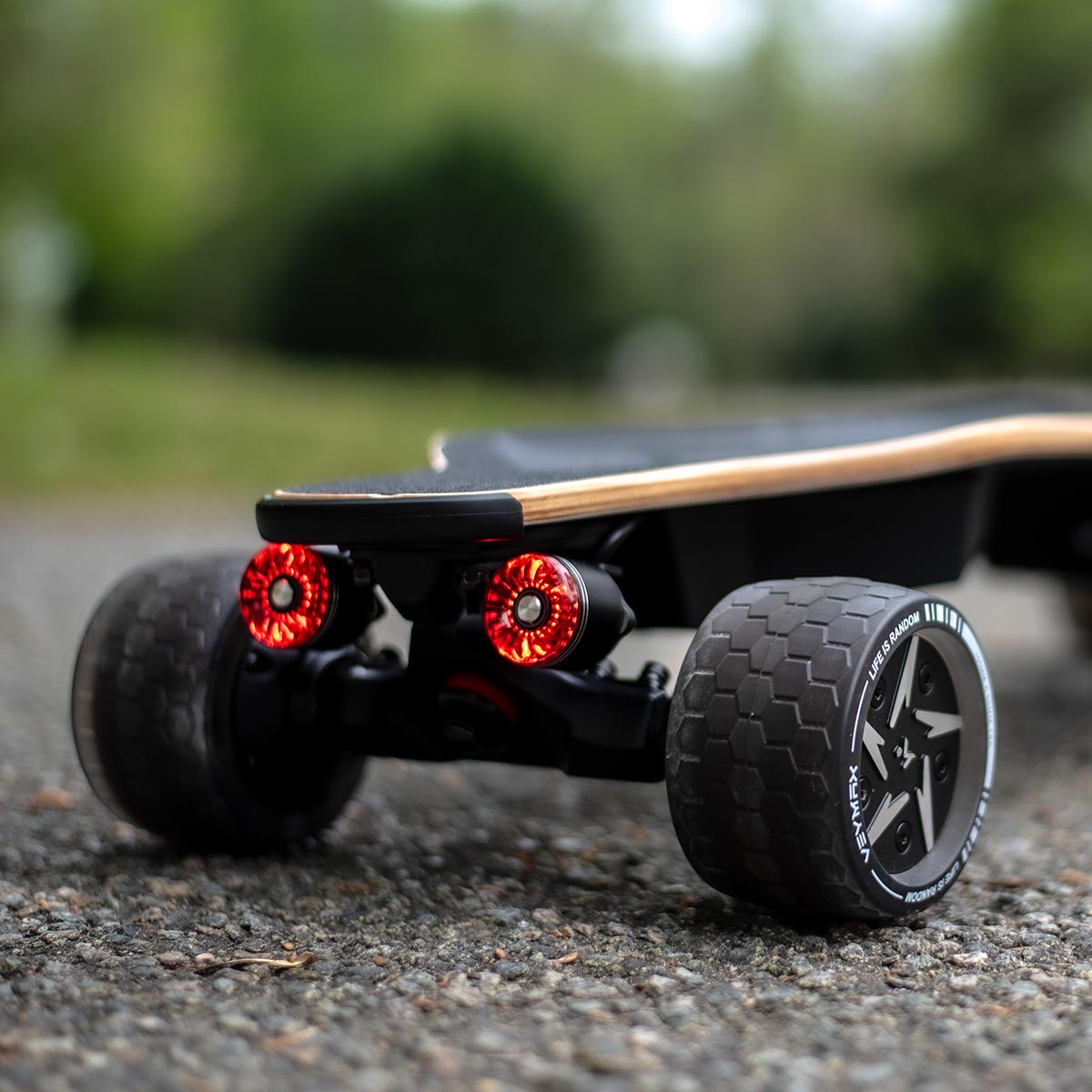
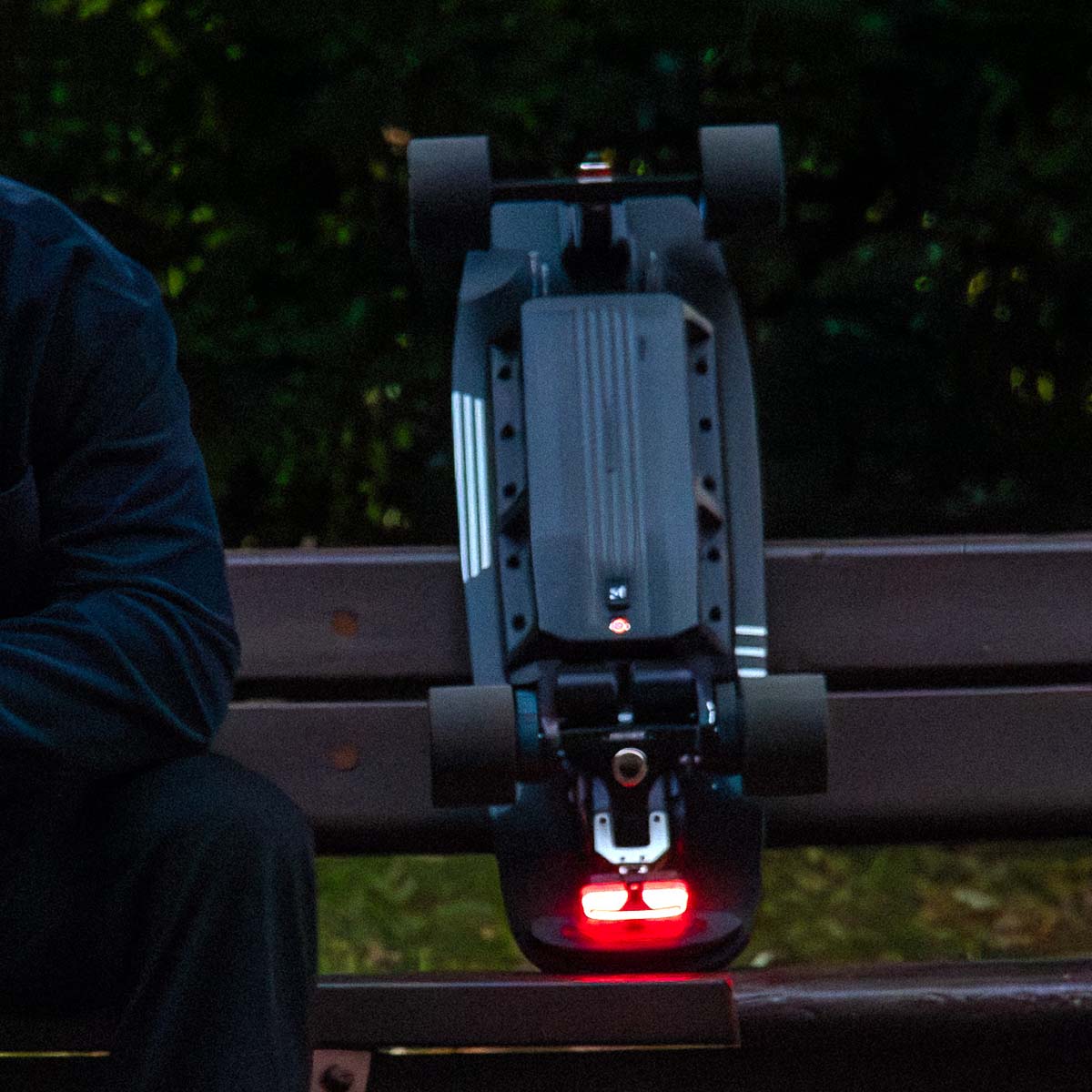
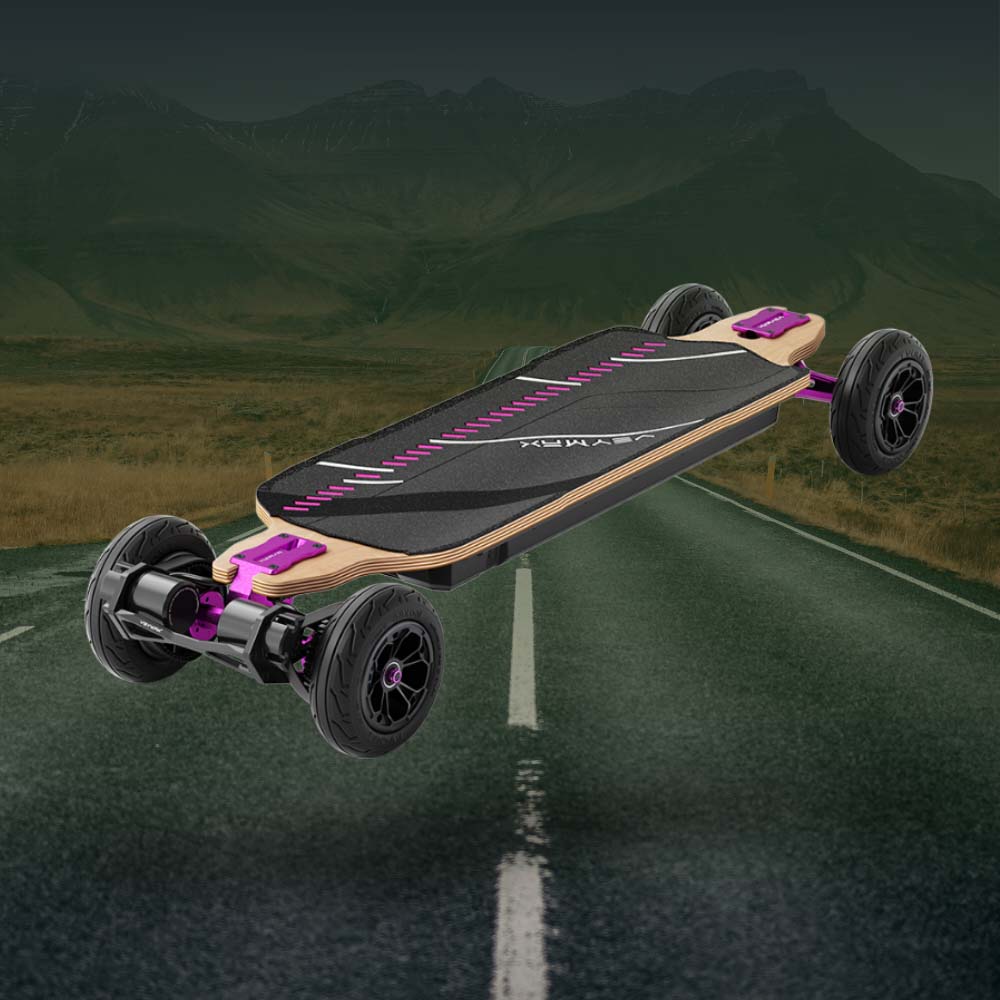
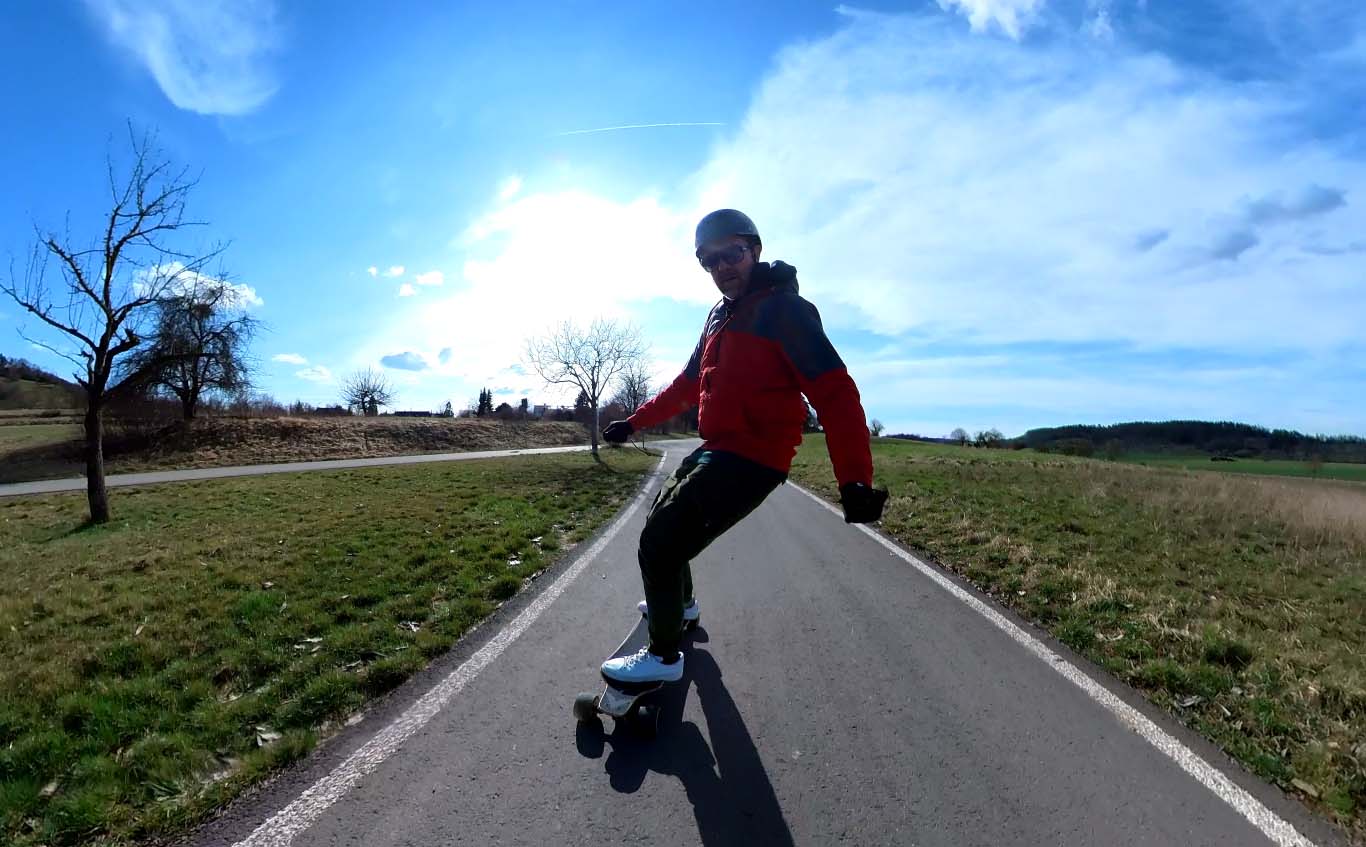
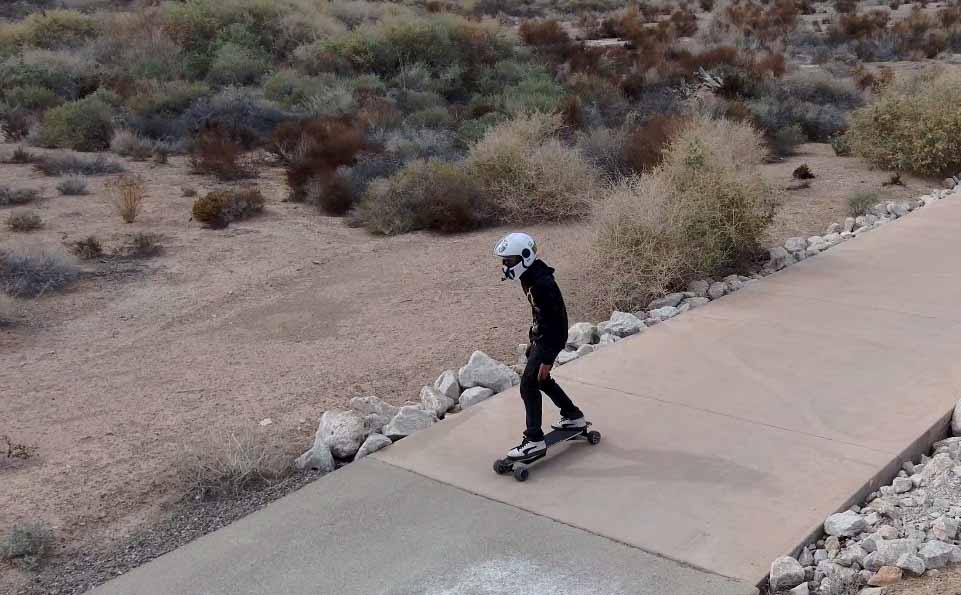
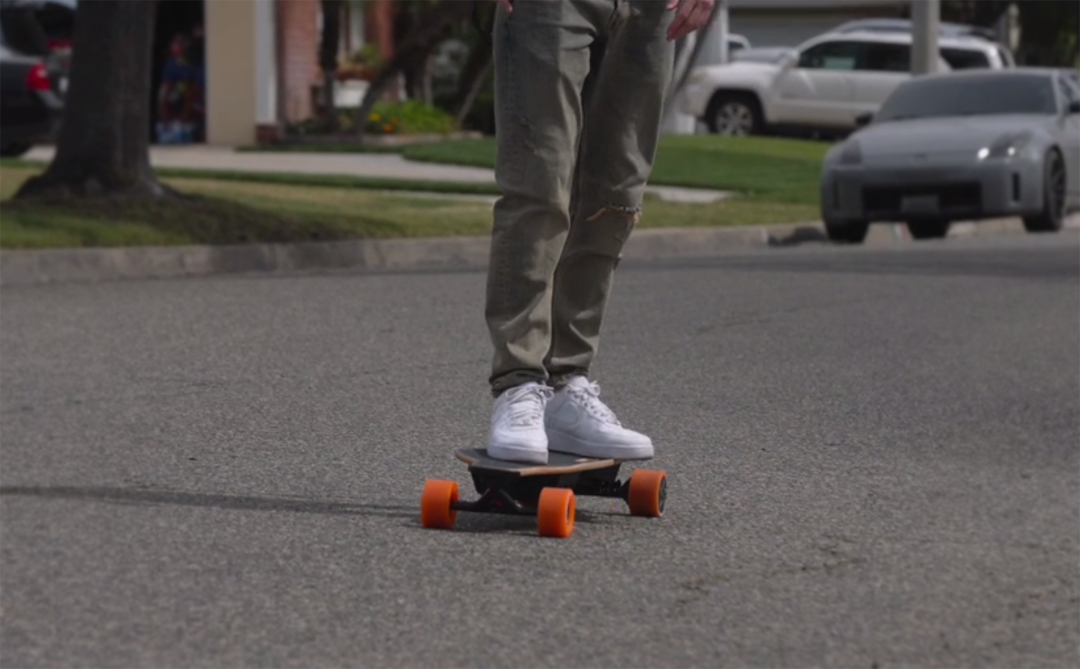
Leave a comment
This site is protected by hCaptcha and the hCaptcha Privacy Policy and Terms of Service apply.